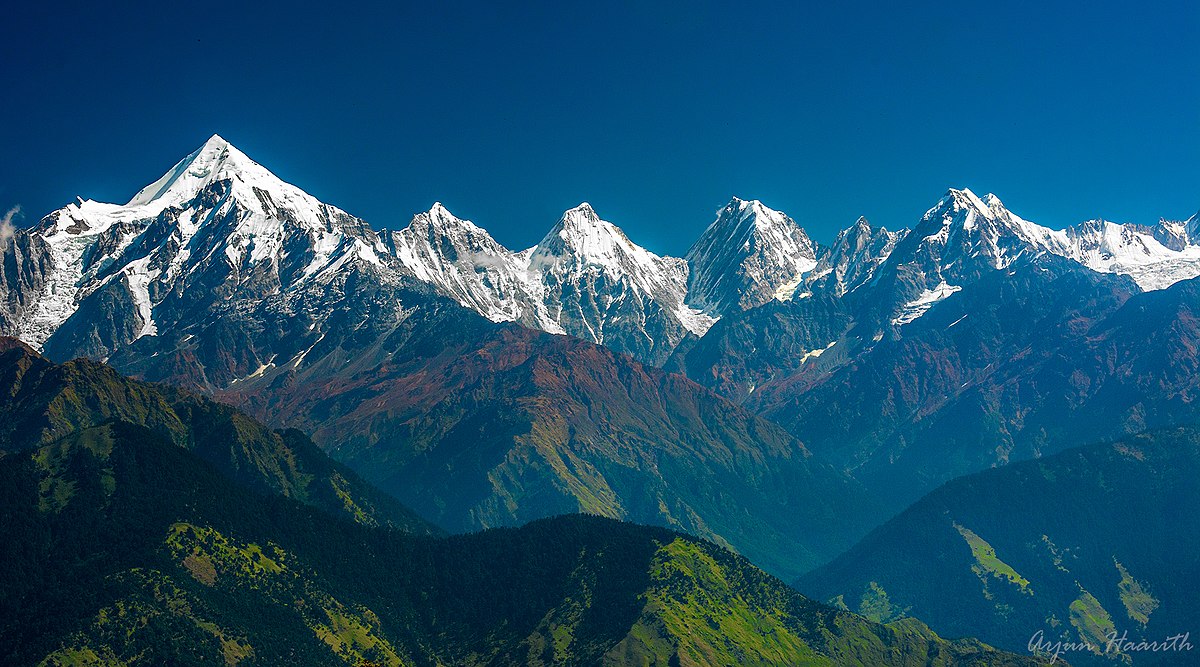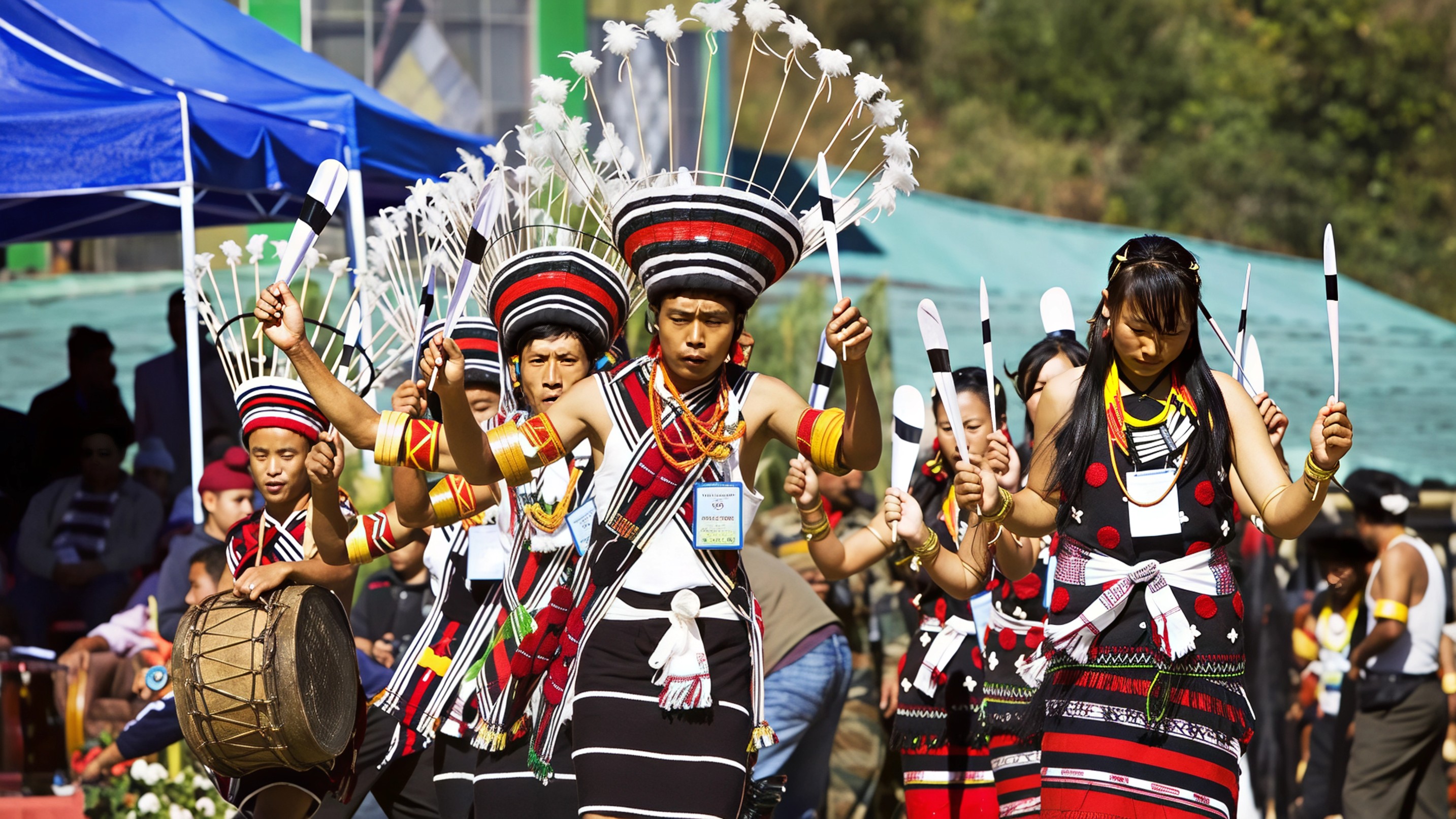There are places in the Himalayas where the silence is so complete, it feels like memory itself has been preserved in the cold air. Paths once walked by shepherds, saints, and storytellers now lie forgotten beneath moss, shadowed by towering cliffs and age old deodar trees. These are not tourist towns or popular trekking circuits. These are the margins of memory, the far edges of maps, where the mountains once spoke—and then fell quiet.

Somewhere above the valleys of Kumaon, past the better known routes to Munsiyari, there are hamlets where not a single door creaks open anymore. Houses still stand, some crooked, others leaning into time. Wooden beams carved by hands long gone now support only wind and the occasional resting raven. The silence here is not empty. It hums with old festivals, family songs, and warnings carried down through generations. You can almost hear the last conversation had on those stone porches before the families left, never to return.
In the higher reaches of Spiti, there is a trail that monks once used to cross between monasteries. Few walk it now. The ancient path winds through patches of ice even in summer, threading through high passes where not even the yaks linger. Along this trail lies a broken chorten and beside it, prayer flags that flap without rhythm. There is no one to replace them, but they continue to flutter, as if remembering what the wind forgot. The silence here feels sacred, almost too much for the heart to hold.

Then there is the village of Malari, perched in the heights of Uttarakhand near the border. During the winter, it becomes inaccessible. During the rest of the year, it barely wakes up. A scattering of stone homes, a distant glimmer of snowfields, and trails that seem to vanish into nowhere. Locals say there were once more people, more laughter, more smoke rising from chimneys. Now, the mountains watch over this ghost of a place, keeping its stories safe in the snow.

The Himalayas are full of such forgotten corners. Places that once thrived with chants, rituals, marriages, and mourning. Now they are quiet, not abandoned but paused. The silence is not loneliness. It is reverence. The kind that wraps itself around the peaks after the last prayer has been whispered.
To walk these trails is not just to travel. It is to listen. To walk slowly, stop often, and feel the weight of the past resting lightly on your shoulders. You come away not with pictures, but with a stillness that echoes even after you have descended into the plains.
There are stories in the silence of these mountains. You just have to be quiet enough to hear them.
For more journeys into forgotten places and sacred trails, follow Travel Moves on Instagram and Facebook.








